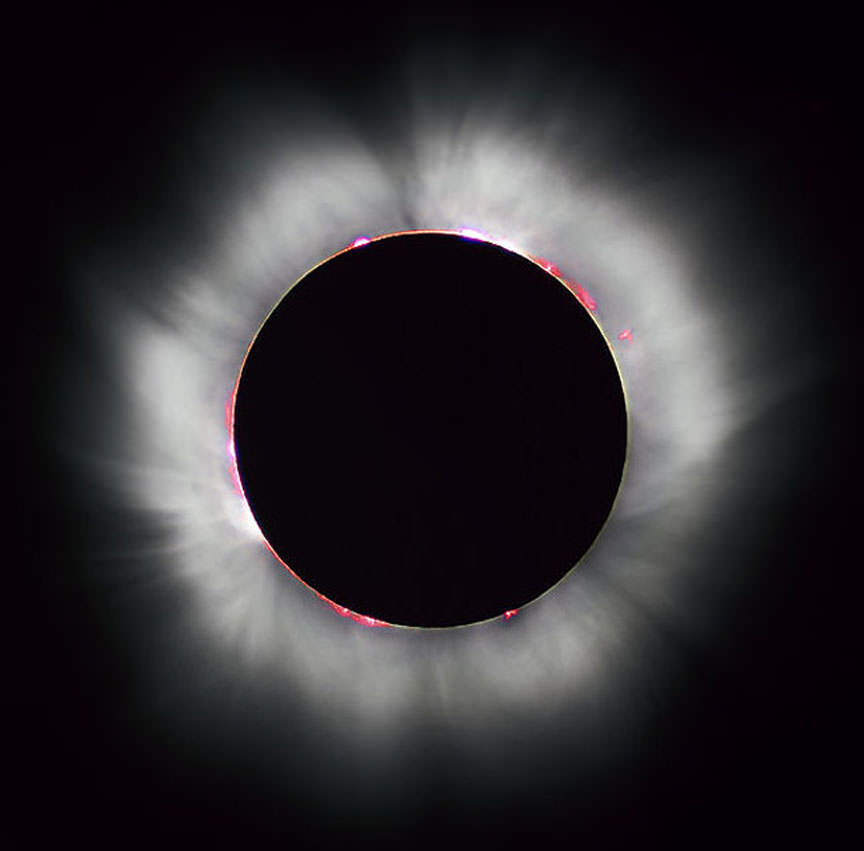Watch live, even if you can’t be in northern Australia to see the total solar eclipse. The above feed is from the Slooh Space Camera team, live from Cairns, Australia – the only land site in the world to view totality. Slooh has a three-person crew at Cairns, including photographer Anjali Bermain, Astronomy Magazine’s Bob Berman, author of “The Sun’s Heartbeat”, and experienced astro-imager Matt Francis of the Prescott Observatory. Dr. Lucie Green, solar researcher at the Mullard Space Science Laboratory, will join the broadcast along with Slooh’s President, Patrick Paolucci, and Slooh’s Public Outreach Coordinator, Paul Cox.
Below are some other live feeds. Keep in mind, different locations might have different views and cloud cover.
Cairns Eclipse Broadcast from over Cairns and the Great Barrier Reef, Australia
Panasonic channel: Broadcast from Sheraton Mirage Port Douglas Resort
Panasonic’s project, described as, “Filming the sun, using the sun” aims to capture and broadcast to the world a solar eclipse using only the power of sunlight. They’re using Panasonic’s high efficiency solar power-generating system, “HIT” to generate power with a portable battery back for power storage. They’ll then be able to broadcast the eclipse images captured on a Lumix GH2.
Streaming live video by Ustream
2nd Panasonic channel: Broadcast from Fitzroy Island
The University of North Dakota also has a live feed, and you can view it at this link.


How fast is the moon moving?
Quickly looked at the sun about 7am this morning, and it burned a mark into my eye (very silly i know!). I’d say from my location, about 1/5th of the sun was covered by the moon. Wish I had real astronomy tools to view the eclipse… and didn’t have to go to work.
As a welder I have flashed my eyes many times, especially as an apprentice. It actually became easier to see my work after burning in that spot in my eyes. I really don’t notice it and I’m sure you will recover. Still don’t look at the sun!
Tom, the distance from Earth to Moon is roughly 240,000 miles. Times 2 x pi, its the circumference of its path around the Earth is roughly 1.5 million miles. It travels that distance in roughly a month, so that works out to roughly 2000 miles per hour. Of course the Earth moves around the Sun and the Sun around the galaxy but I assume you meant relative to Earth because that’s what relates to the eclipse. Oh, I could have just checked on Wikipedia which says it moves at 1.022 km/s.